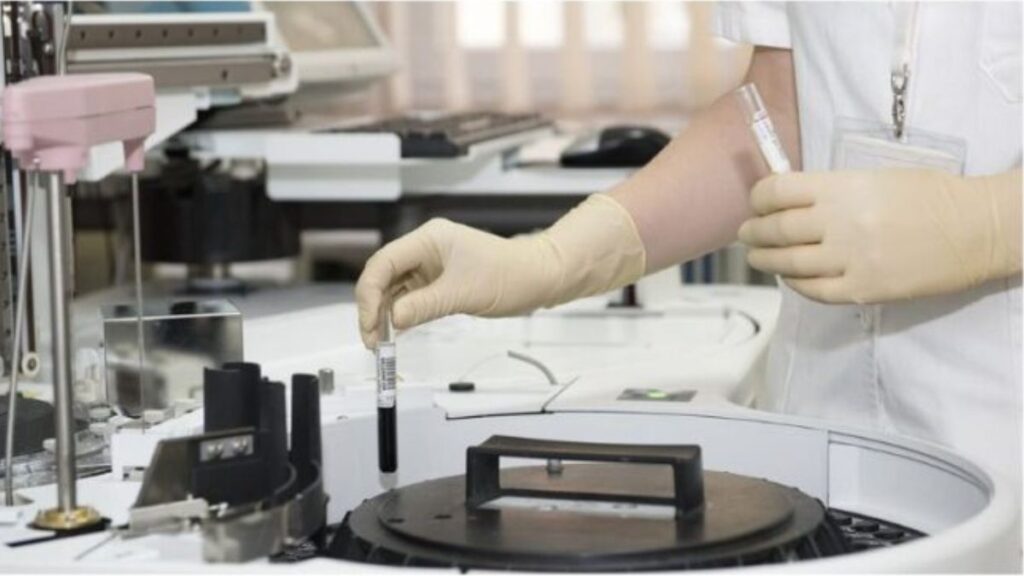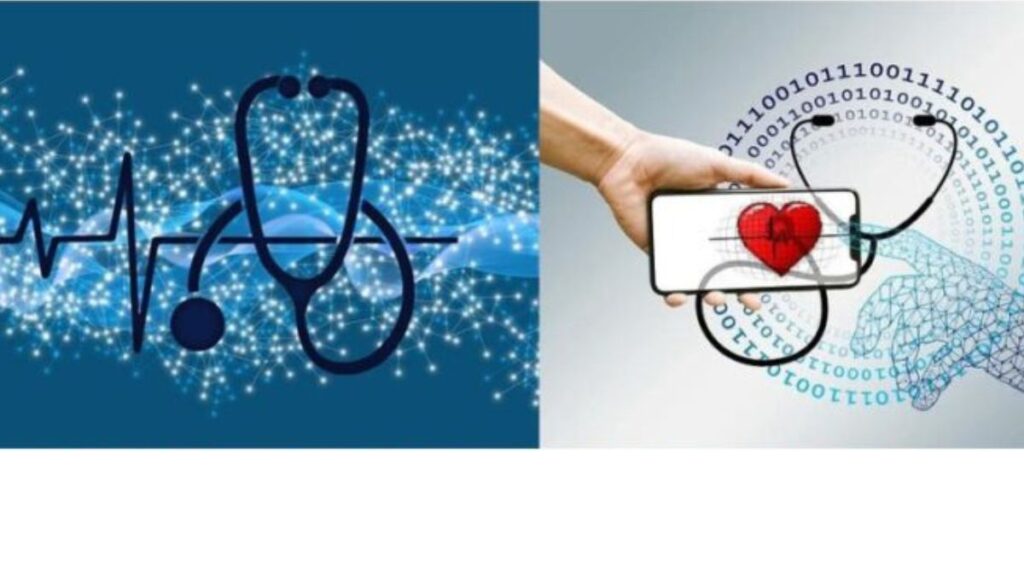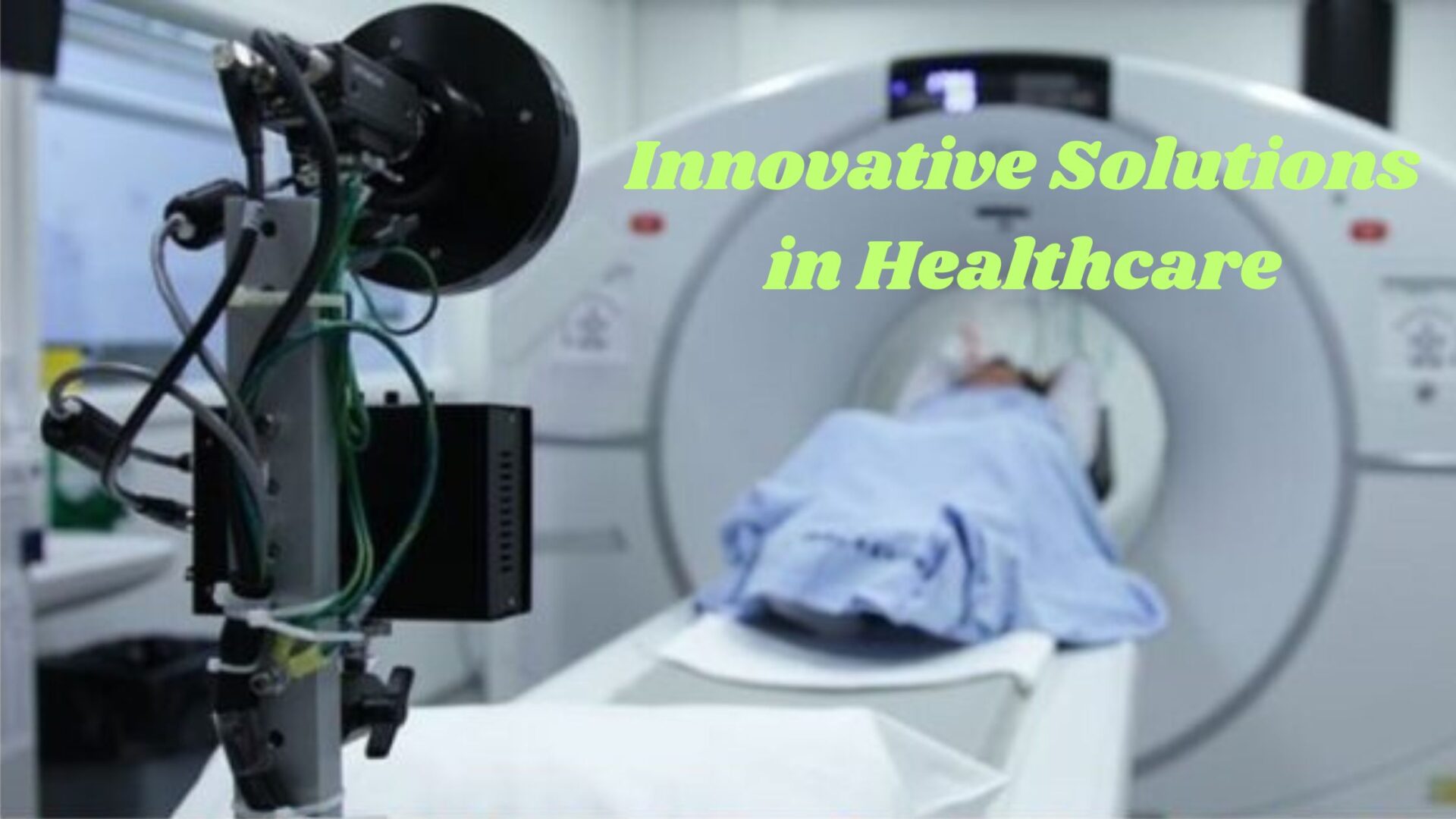Introduction:
“Innovative Solutions in Healthcare: Elevating Awareness and Communication”

In the dynamic landscape of healthcare, innovative solutions are playing a pivotal role in transforming how awareness is heightened and communication is enhanced. This article delves into the cutting-edge technologies and strategies that are reshaping the healthcare industry, ultimately improving the way information is disseminated and interactions take place.
Innovative Solutions in Healthcare: Elevating Awareness and Communication
- The Power of Telemedicine: Bridging Gaps in Communication
In an era where connectivity is key, telemedicine emerges as a game-changer. Explore how virtual consultations and remote patient monitoring are revolutionizing healthcare communication, making it more accessible and efficient.
- AI and Machine Learning: Revolutionizing Healthcare Awareness
Discover how artificial intelligence and machine learning algorithms are being employed to analyze vast amounts of healthcare data. This not only enhances awareness of health trends but also enables proactive measures for better patient outcomes.
Uncover the impact of wearable devices on individual health awareness. From fitness trackers to smartwatches, these innovations provide real-time health data, empowering individuals to take charge of their well-being.
- Blockchain in Healthcare: Securing Communication and Data
Delve into the role of blockchain technology in ensuring secure and transparent healthcare communication. Learn how it is enhancing data integrity, privacy, and interoperability across the healthcare ecosystem.
- Health Apps and Gamification: Engaging Users for Better Awareness
Explore the rise of health apps and gamification techniques that are making healthcare information engaging and interactive. These tools not only educate users but also promote a proactive approach to health awareness.
- Social Media for Health Advocacy: Amplifying Awareness Globally
Examine the growing influence of social media in healthcare communication. From awareness campaigns to patient stories, platforms like Instagram, Twitter, and Facebook are fostering a global community focused on health and wellness.
- Augmented Reality (AR) in Medical Education: Enhancing Awareness
Learn about how augmented reality is transforming medical education, providing healthcare professionals with immersive and interactive learning experiences. This innovation contributes to a more informed and skilled healthcare workforce.
- Data Interoperability: Seamless Communication Across Systems
Unravel the significance of data interoperability in healthcare systems. Discover how it ensures seamless communication between different platforms, leading to better coordination among healthcare providers and improved patient outcomes.
- Remote Monitoring Devices: Proactive Healthcare at Your Fingertips
Explore how remote monitoring devices are empowering patients to manage chronic conditions from the comfort of their homes. This technology not only enhances awareness of personal health but also reduces the burden on healthcare facilities.
- Crisis Communication Platforms: Rapid Response for Public Health
In times of crisis, communication is crucial. Examine how dedicated crisis communication platforms are utilized in healthcare to disseminate timely information, ensuring public awareness and response during emergencies.
How does information technology improve communication in healthcare?
Information technology (IT) plays a crucial role in improving communication in healthcare through various tools, systems, and platforms. Here are several ways in which IT enhances communication in the healthcare sector:
- Electronic Health Records (EHRs):
- EHRs centralize patient information, making it easily accessible to authorized healthcare professionals.
- Instant access to comprehensive patient records improves communication between different healthcare providers involved in a patient’s care, ensuring a more coordinated and informed approach.
- Telemedicine and Telehealth:
- IT facilitates virtual consultations, enabling healthcare professionals to communicate with patients remotely.
- Telehealth platforms improve accessibility to medical advice, especially in remote or underserved areas, fostering better communication between healthcare providers and patients.
- Mobile Health (mHealth) Apps:
- Mobile applications provide a direct channel for communication between healthcare providers and patients.
- mHealth apps offer features such as appointment reminders, medication alerts, and secure messaging, promoting better patient engagement and adherence to treatment plans.
- Secure Messaging Systems:
- IT enables secure communication channels within healthcare settings through encrypted messaging systems.
- Healthcare professionals can share patient information, discuss cases, and collaborate in real-time, ensuring efficient and confidential communication.
- Health Information Exchange (HIE):
- HIE platforms allow the exchange of patient data among different healthcare organizations.
- Improved interoperability ensures that vital information is available to authorized personnel across various healthcare settings, enhancing continuity of care.
- Clinical Decision Support Systems (CDSS):
- IT-driven CDSS provides healthcare professionals with real-time information and evidence-based recommendations.
- This assists in clinical decision-making, fostering communication between healthcare providers and ensuring that decisions are informed by the latest medical knowledge.
- Remote Patient Monitoring (RPM):
- RPM uses IT to collect and transmit patient data remotely, allowing healthcare providers to monitor chronic conditions.
- Continuous data streams enable timely interventions and facilitate communication between healthcare professionals and patients based on real-time health information.
- Video Conferencing and Collaboration Tools:
- Video conferencing tools enhance communication among healthcare teams, allowing for virtual meetings and consultations.
- Collaborative platforms enable multidisciplinary discussions, fostering teamwork and ensuring that all stakeholders are on the same page.
- Patient Portals:
- Patient portals offer individuals access to their health information, lab results, and appointment schedules.
- Patients can communicate with healthcare providers, ask questions, and request prescription refills through these portals, promoting patient engagement.
- Interconnected Systems for Public Health Alerts:
- IT facilitates the rapid dissemination of public health alerts and information during crises or outbreaks.
- Communication is improved as healthcare organizations and public health agencies can share timely updates to respond effectively to emerging health threats.
In summary, information technology in healthcare significantly improves communication by streamlining information flow, promoting collaboration, and enhancing accessibility to critical data, ultimately leading to better patient care and outcomes.
How does technology improve healthcare communication?
Technology has significantly improved healthcare communication, leading to more efficient, accurate, and patient-centered services. Here are several ways in which technology enhances communication within the healthcare sector:

- Secure Messaging Systems:
- Healthcare professionals can use secure messaging systems for quick and encrypted communication. This enhances collaboration within healthcare teams and allows for the secure exchange of patient information.
- Wearable Technology:
- Wearable devices, such as fitness trackers and smartwatches, allow patients to monitor their health parameters continuously. The data collected can be shared with healthcare providers, promoting proactive communication and personalized care.
- Artificial Intelligence (AI) for Diagnostics:
- AI technologies assist healthcare professionals in diagnosing medical conditions by analyzing vast datasets. This contributes to more accurate and timely communication of diagnostic information to patients.
- Chatbots and Virtual Assistants:
- Chatbots and virtual assistants provide instant responses to patient queries, schedule appointments, and offer general health information. This enhances communication efficiency and responsiveness in healthcare settings.
- Electronic Prescribing (e-Prescribing):
- e-Prescribing systems allow healthcare providers to electronically send prescriptions to pharmacies, reducing communication errors and streamlining the prescription process.
- Social Media for Health Education:
- Healthcare organizations use social media platforms to disseminate health information, raise awareness, and engage with the public. This contributes to community education and communication.
- Blockchain for Data Security:
- Blockchain technology ensures the security and integrity of healthcare data, reducing the risk of data breaches and enhancing trust in communication between healthcare providers and patients.
- Population Health Analytics:
- Analytical tools help healthcare organizations assess population health trends, allowing for targeted communication strategies and interventions to address specific health issues within communities.
Overall, technology in healthcare improves communication by streamlining information flow, enhancing collaboration, and providing innovative ways for patients and healthcare providers to interact and share information.
Conclusion:
As we navigate the ever-evolving landscape of healthcare, these innovative solutions continue to elevate awareness and communication to unprecedented heights. Embracing these advancements ensures a future where information flows seamlessly, empowering both healthcare professionals and individuals on their journey toward better health.








